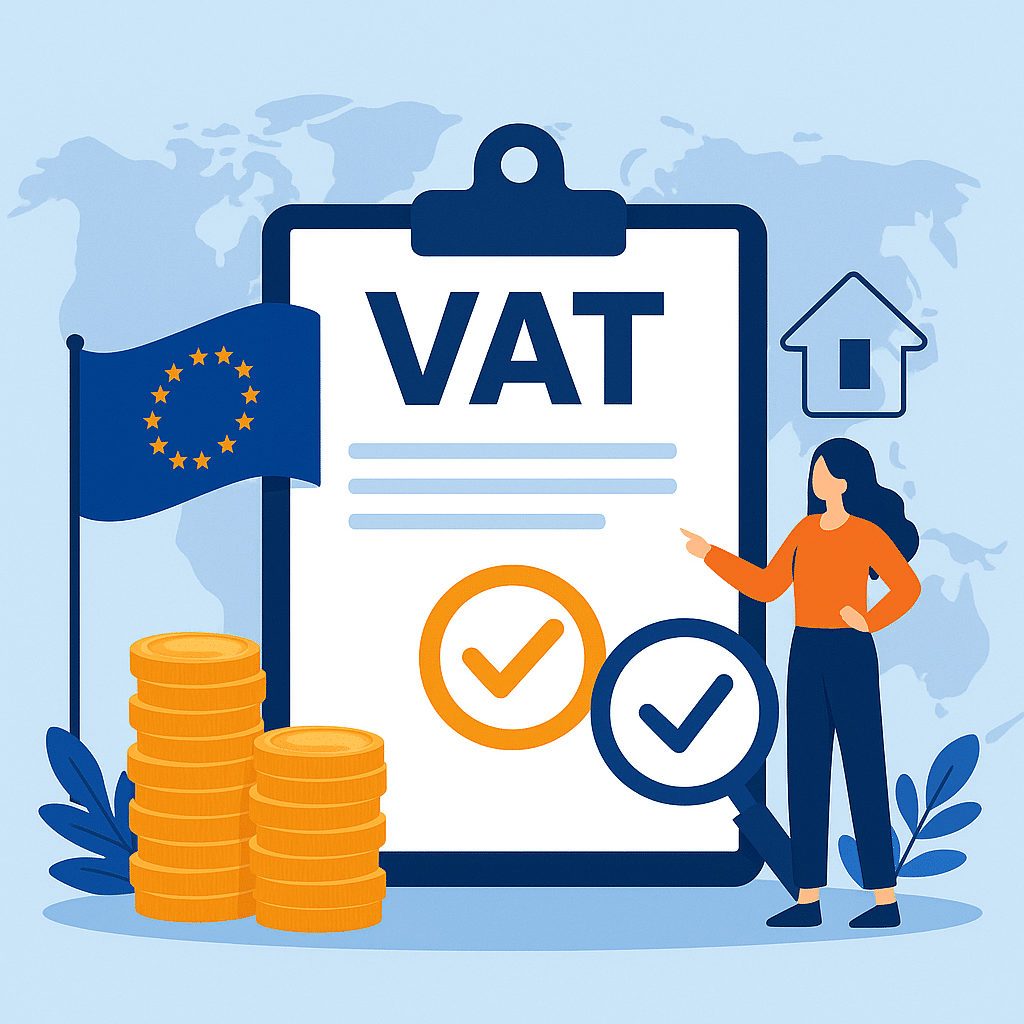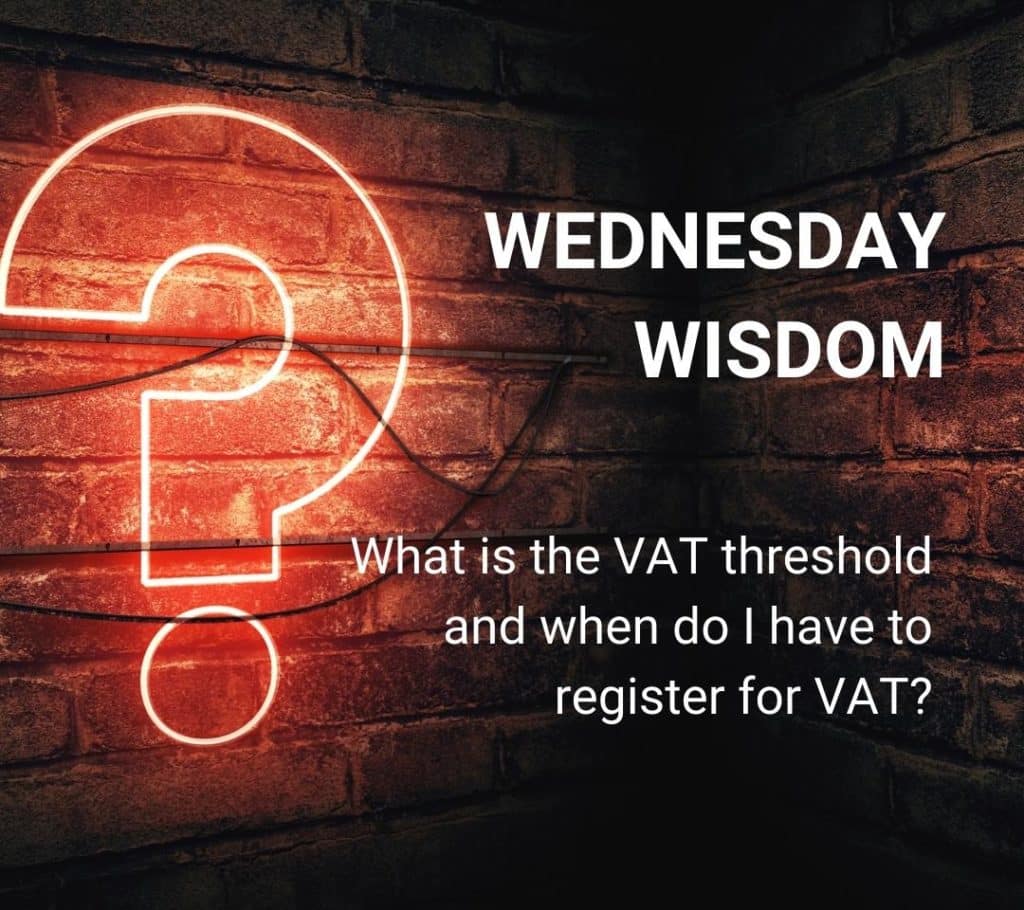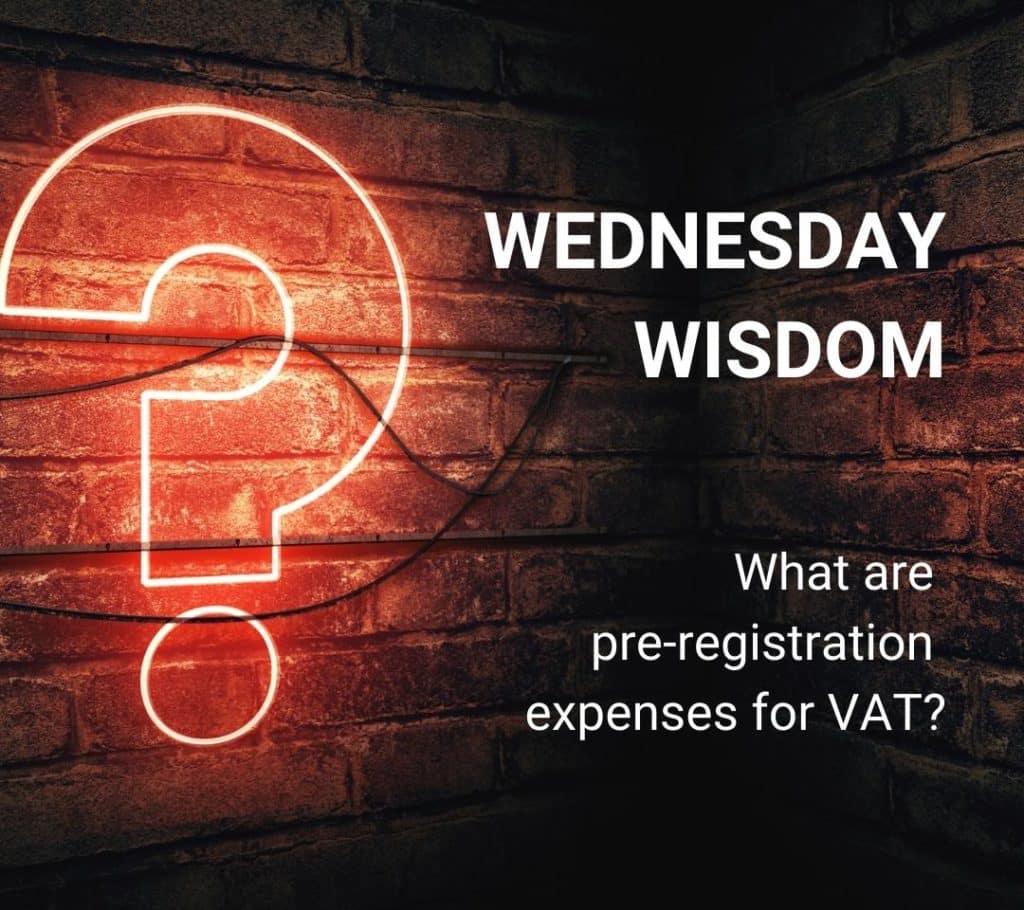After Brexit, you might have asked yourself this question: do I just bite the bullet and register for EU VAT in at least one EU country?
For some businesses, that may be the best solution out of a number of undesirable options.
If you sell goods or services in the EU, you may be required to register for VAT in one or more EU countries.
The rules can feel confusing, but registering for EU VAT is what lets your business collect and pay VAT correctly on cross-border sales.
Creative Takeaways
- After Brexit, UK and non-EU businesses must often register for EU VAT if they sell goods or services to customers in EU countries.
- The One Stop Shop (OSS) and Import One Stop Shop (IOSS) schemes let you register in one EU country and manage VAT for all cross-border B2C sales from a single portal.
- To register, gather your business documents, complete the national VAT form, and submit it to the local tax authority to obtain your EU VAT identification number.
- Once registered, you must file VAT returns regularly, keep detailed sales records, and use the VIES system to verify VAT numbers.
Table of contents
- 1. Who needs to register for VAT in the EU
- 2. When you must register for EU VAT
- 3. How to register for VAT and obtain a EU VAT identification number
- 4. VAT registration for UK and non-EU businesses
- 5. Managing VAT returns and compliance in EU countries
- 6. VAT registration for marketplaces and importers
- 7. Need VAT experts to guide your registration process?
1. Who needs to register for VAT in the EU
You need to register for VAT in the EU if your business sells goods or services to customers in any EU member state.
This applies whether you’re based in the UK, within the EU, or outside it entirely. Once your sales reach a certain VAT threshold or you store goods in an EU country, you’re required to register for VAT there.
If you’re selling across borders (e.g. shipping products to several EU countries), you can usually register through the One Stop Shop (OSS) scheme instead of applying for local VAT registration in each country.
Some businesses must also appoint a fiscal representative, especially if they’re established outside the EU. This local representative helps with the VAT registration process, filing returns, and communicating with the tax authorities.
2. When you must register for EU VAT
You must register for EU VAT when your business reaches the VAT threshold or starts making taxable supplies.
For distance sellers, the EU-wide threshold is €10,000 in total cross-border sales per year. Once you pass that limit, you’re required to register for VAT in the EU, either through the One Stop Shop (OSS) scheme or by registering locally in each country where you sell.
If you store goods in an EU warehouse, work with fulfilment centres like Amazon FBA, or supply digital services to EU consumers, you also need to register for VAT even if your turnover is below the threshold!
Remember!
If your business operates in several EU countries, you may need multiple VAT registration numbers unless you use the OSS or Import One Stop Shop (IOSS) system.
3. How to register for VAT and obtain a EU VAT identification number
Register for EU VAT is easier than you think!
We broke it down, step-by-step. Check it out, and learn how to get your VAT identification number.
Step-by-step EU VAT registration process
- Decide where to register: Choose whether to register for VAT in a single EU member state or use the One Stop Shop (OSS) or Import One Stop Shop (IOSS) scheme if you sell across multiple EU countries.
- Gather your business information: You’ll need your company registration details, proof of trading activity, bank information, and identification for company directors.
- Complete the local VAT registration form: Each EU country has its own registration procedure. Forms are usually available through the national tax authority’s website.
- Submit your application: Send your completed registration form, along with supporting documents, to the relevant tax authority or fiscal representative (if required).
- Receive your VAT identification number: Once approved, you’ll get a unique VAT number (also known as your VAT registration number) that identifies your business as a taxable entity within the European Union.
| Creative Tip The OSS and IOSS schemes let you register for VAT in just one EU country and manage VAT returns for all your cross-border B2C sales through a single online portal. You can collect VAT from customers in other EU countries, report it centrally, and pay the VAT due without separate registrations. |
4. VAT registration for UK and non-EU businesses
If your business is based in the UK or outside the European Union, you may still need to register for VAT in the EU.
After Brexit, UK companies are treated as non-EU businesses, which means you can’t rely on your UK VAT number for sales within EU countries.
You must register for VAT in at least one EU member state if you:
- Sell goods to consumers located in the EU
- Store stock in an EU warehouse or fulfilment centre (for example, Amazon FBA)
- Provide digital services to EU customers
- Import goods into the EU and sell them locally
Many EU countries require non-EU businesses to appoint a fiscal representative.
A fiscal representative is a local contact who deals with VAT registration, filings, and payments on your behalf. This person or company is jointly liable for your VAT obligations, so it’s important to choose someone experienced in EU VAT rules.
5. Managing VAT returns and compliance in EU countries
Once you’re registered for VAT in the EU, you’ll need to stay compliant by filing regular VAT returns and paying any VAT due.
Each EU member state has its own reporting schedule. Most require quarterly or monthly returns.
How to manage VAT returns effectively
- Keep clear records of all sales, purchases, and VAT collected or paid.
- Submit VAT returns on time. Deadlines vary by country, so set reminders for each VAT registration you hold.
- Use the VAT Information Exchange System (VIES) to validate customer VAT numbers and confirm that your B2B sales can be treated as zero-rated.
- Claim VAT refunds where applicable, especially if you incur local VAT on expenses related to your business activity in the EU.
6. VAT registration for marketplaces and importers
If you sell through online marketplaces or import goods into the EU, VAT registration rules work a little differently. The marketplace may handle some of your VAT obligations… but not all of them!
Amazon, eBay, Etsy and other platforms are often considered “deemed suppliers” under EU VAT law. That means they’re responsible for collecting and remitting VAT on certain cross-border sales.
You may still need to register for VAT in EU countries if you:
- Store goods in EU fulfilment centres (such as Amazon FBA)
- Sell directly to EU customers outside the platform’s VAT system
- Exceed the EU VAT distance-selling threshold
Even if the marketplace collects VAT on your behalf, you’ll still need a valid VAT number to stay compliant and issue correct invoices.
7. Need VAT experts to guide your registration process?
WallsMan Creative helps UK-based creative businesses explain why and when you need to register for VAT in the EU, obtain valid VAT numbers, and stay compliant through with HMRC at the same time.
If you don’t know whether you need to register for VAT in one or more EU countries, appoint a fiscal representative, or you just want to simplify your VAT compliance setup, reach out! We’ll help yo decide, and make the process clear, quick and stress-free.




